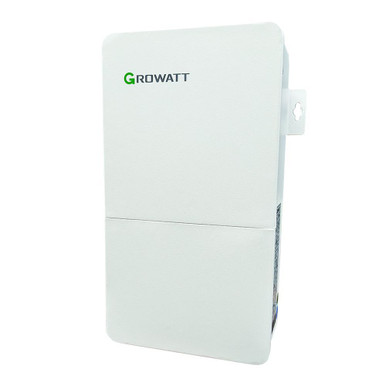JazzRVwSolar
New Member
We have an RV with 115V inverter. Rather than putting in an addition inverter to produce 220V, I though use 115 to 220V boost. However, the ones I see are 2-wire (L1, Neutral, and Ground). Has anyone done this with any of the mini-spits? I look at the models with high SEER and they seem to have an L1, L2, Neutral, and Ground.
We want to use the 220V because they are the only ones that have the ceiling mount option which is a must. There is no wall room to mount the indoor blower
We want to use the 220V because they are the only ones that have the ceiling mount option which is a must. There is no wall room to mount the indoor blower






